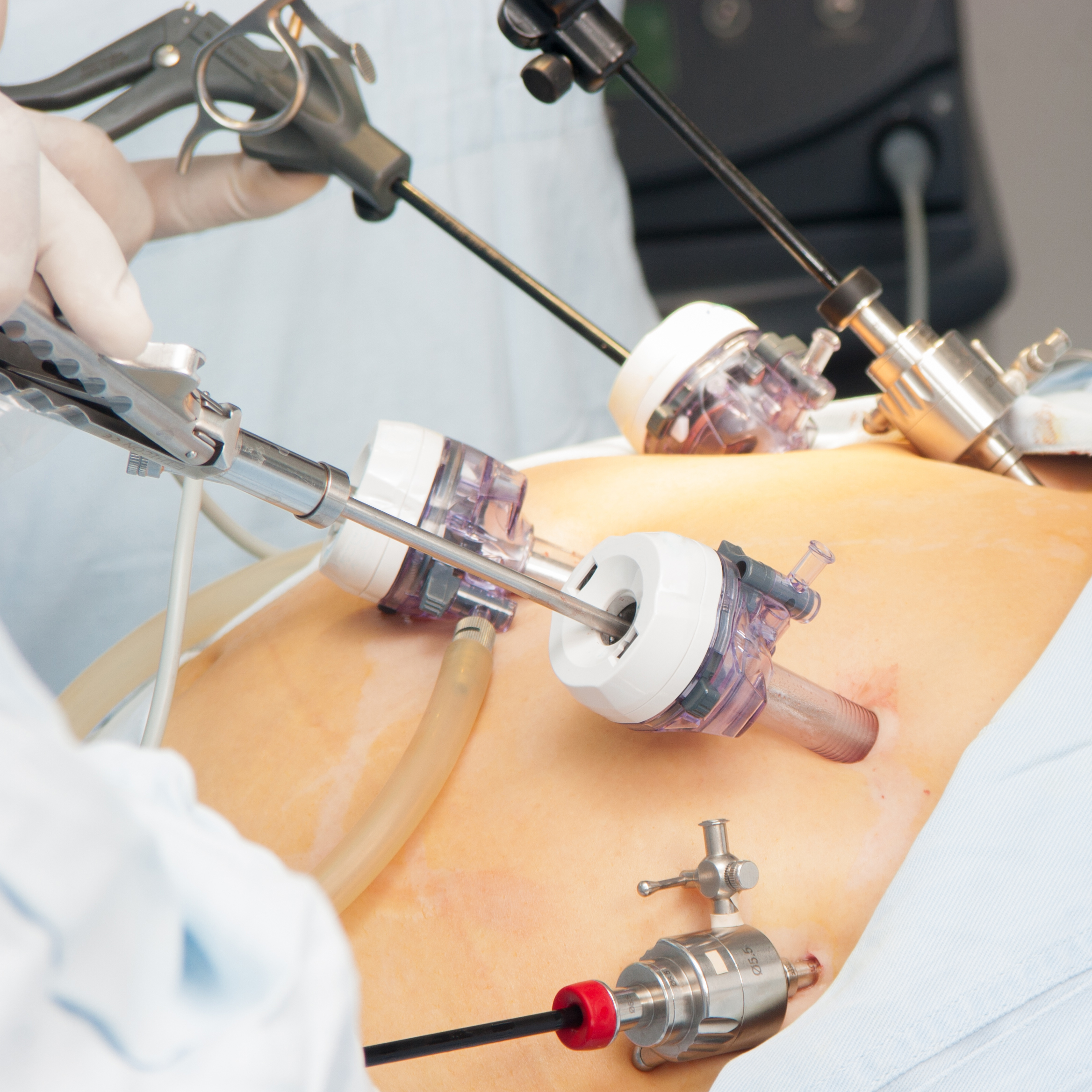
Laparoscopically Assisted Vaginal Hysterectomy
- Description
- Faq's
What is laparoscopically assisted vaginal hysterectomy (LAVH)?
Laparoscopically assisted vaginal hysterectomy (LAVH) is a surgical procedure using a laparoscope to guide the removal of the uterus and/or Fallopian tubes and ovaries through the vagina (birth canal). (A different procedure, called a laparoscopic hysterectomy, is entirely performed using a laparoscope and other instruments inserted through tiny abdominal incisions, and the uterus, Fallopian tubes etc. are removed in tiny portions.)
Not all hysterectomies can or should be done by LAVH. In certain situations, a laparoscopic hysterectomy (see above) may be sufficient. In other cases, an abdominal hysterectomy or a vaginal hysterectomy (without laparoscopy) is indicated. The surgeon determines the appropriate procedure for each individual case based upon the reason for the hysterectomy and the medical history and condition of the patient.How is LAVH performed?
During LAVH, several small incisions (cuts) are made in the abdominal wall through which slender metal tubes known as "trocars" are inserted to provide passage for a laparoscope and other microsurgical tools. The laparoscope acts as a tiny telescope. A camera attached to it provides a continuous image that is magnified and projected onto a television screen for viewing.
In the course of LAVH, the uterus is detached from the ligaments that attach it to other structures in the pelvis using the laparoscopic tools. If the Fallopian tubes and ovaries are to be removed, they are also detached from their ligaments and blood supply. The organs and tissue are then removed through an incision made in the vagina.What are the disadvantages of LAVH?
LAVH can be a longer operation and more expensive than a vaginal hysterectomy and, under certain circumstances, it can be more dangerous.
What are the advantages of LAVH?
The incisions in an LAVH are relatively small. The scars, pain, and recovery time from LAVH are usually significantly less than with an abdominal hysterectomy, which requires both a vaginal incision and a 4-6 inch (10-15 cm) long incision in the abdomen). LAVH is similarly less physically traumatic than a routine vaginal hysterectomy. When LAVH is feasible, it has distinct advantages.It can allow for a vaginal hysterectomy in patients who have not had children.
